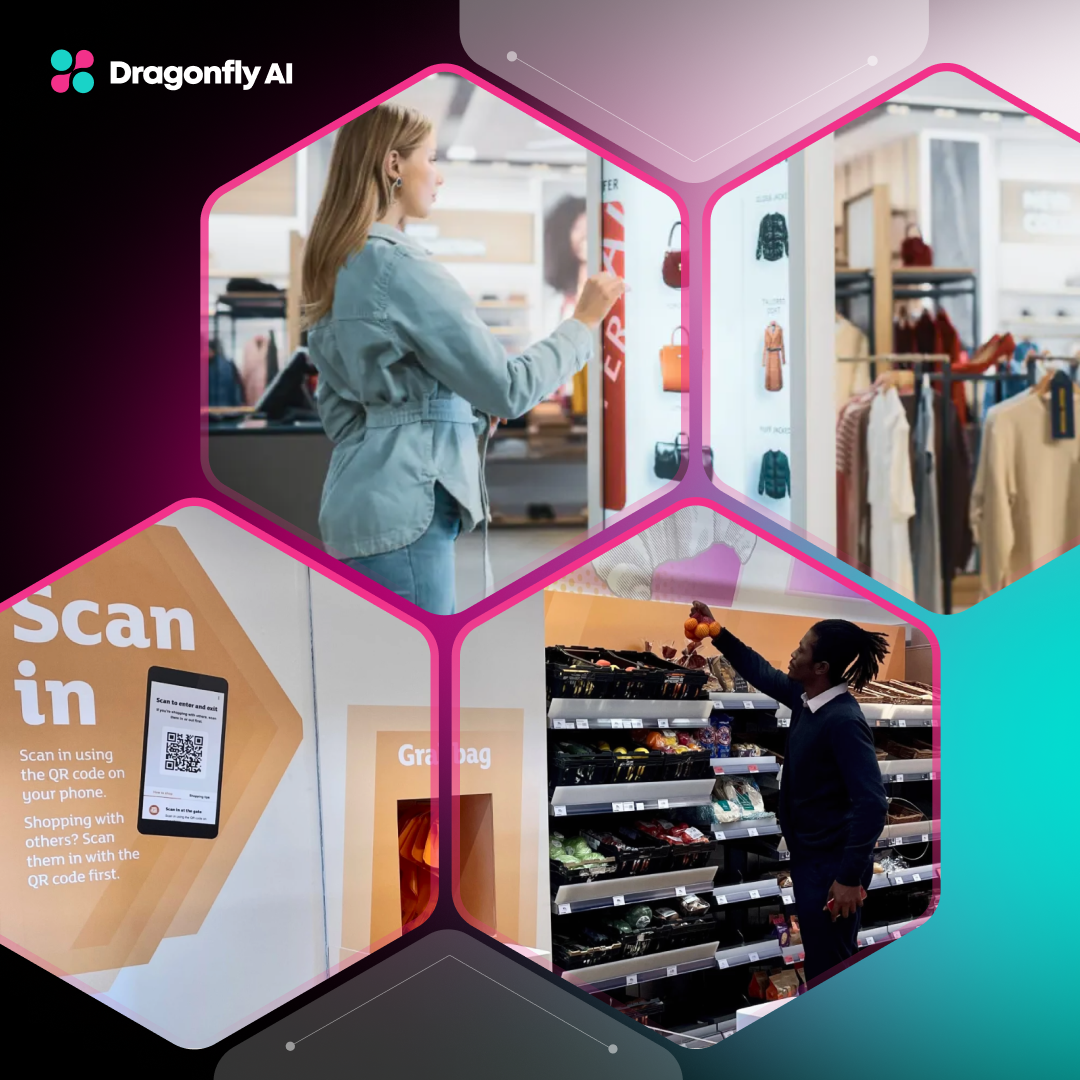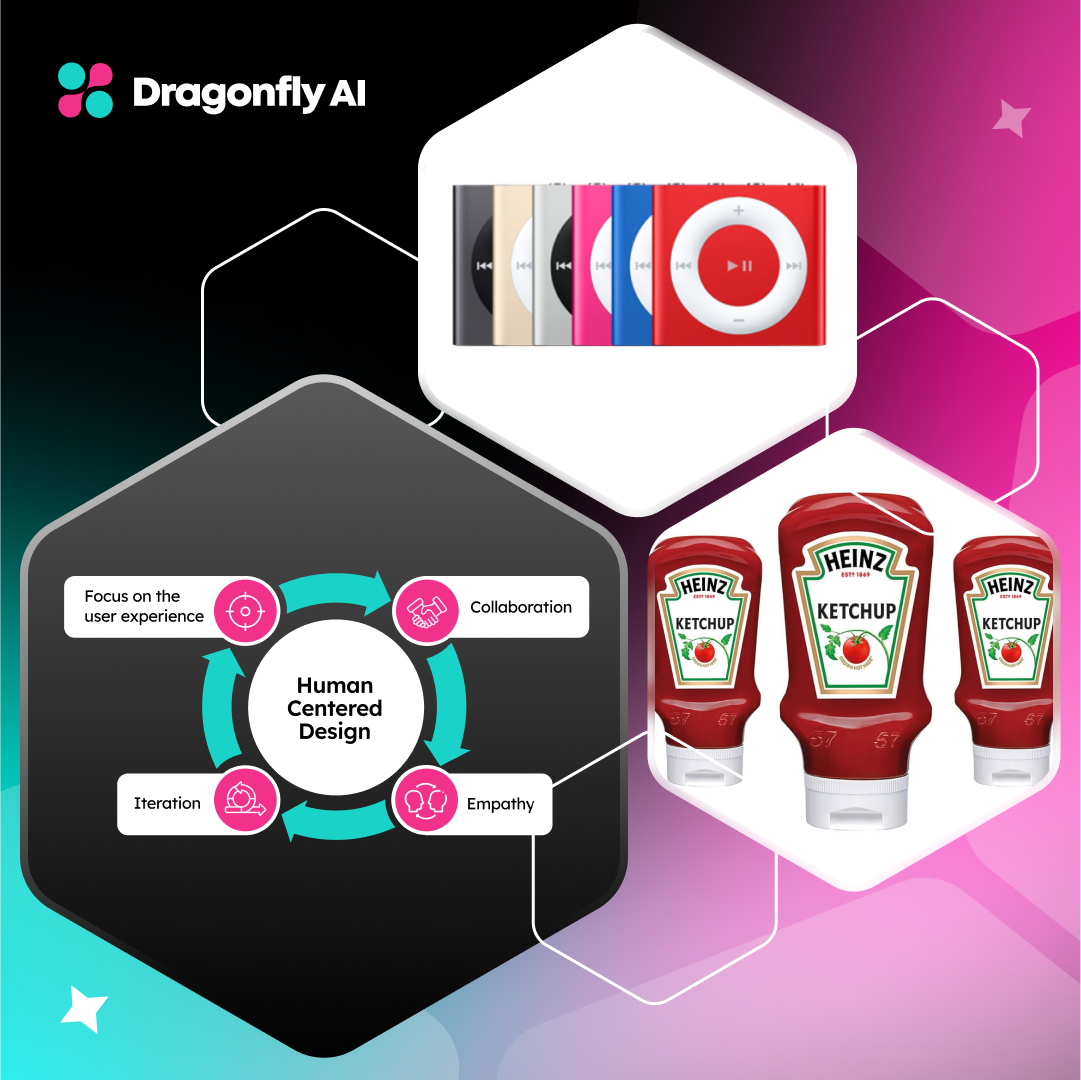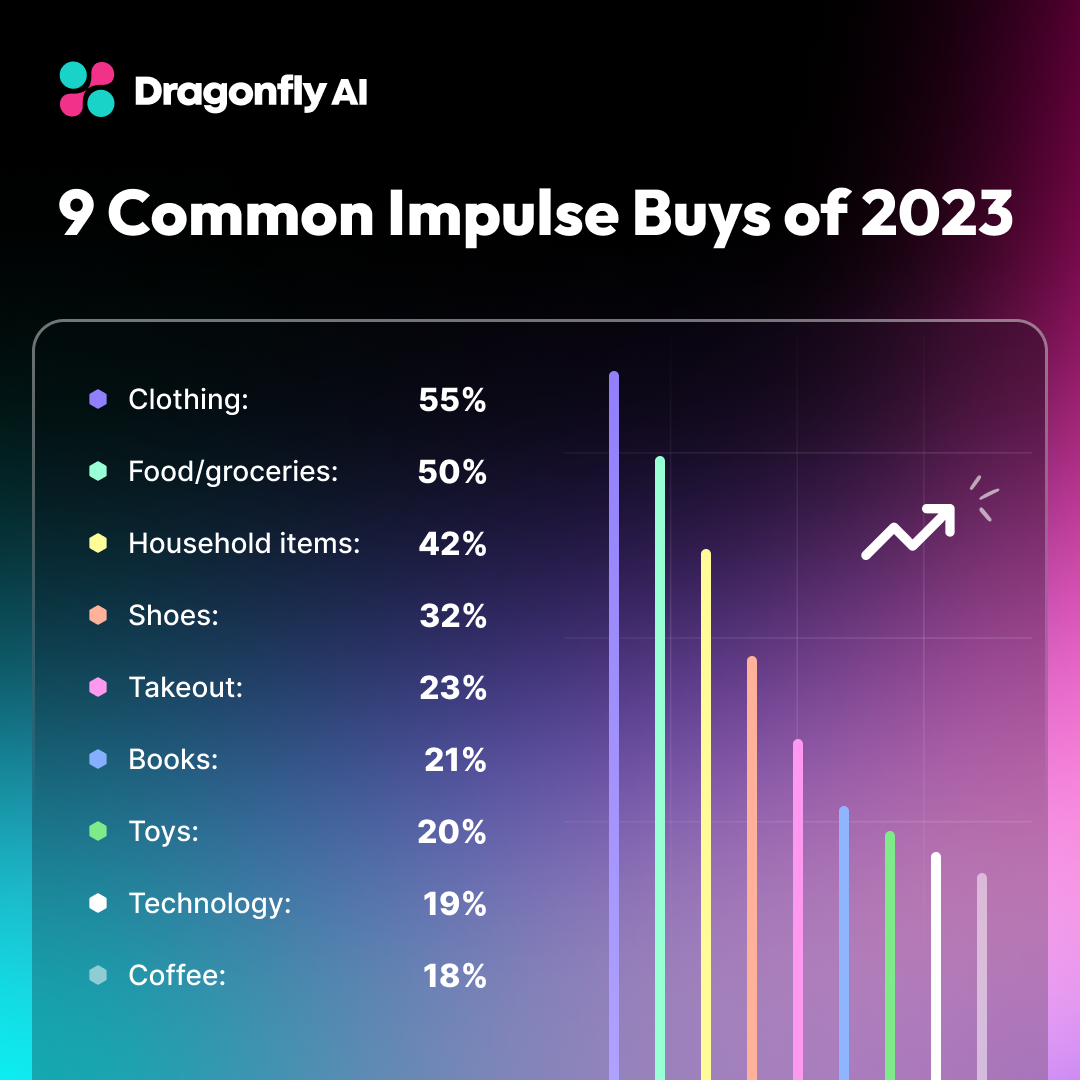Running an online store means competing with thousands of other retailers for customer attention. The stores that win don't rest on their laurels, relying only on sales and ads. They build real connections and focus on every part of the experience, from thoughtful design to helpful content. The goal is to make shopping feel personal and it makes sense, because 80% of shoppers are more likely to buy from a brand when they feel like they’ve been catered to personally.
With that in mind, we look at ways to boost your engagement and make shopping feel personal, backed by examples from brands who do it right.
The Role of Creativity in Ecommerce Customer Engagement
Online shops are so much more than digital catalogs. Customers want experiences that match what they get in physical stores, be it personal attention, helpful information, and an enjoyable browsing experience.
Engagement depends on creative elements that make online shopping feel special, and leveraging customer data can further personalize these experiences. Customers are more likely to connect with your brand when they:
- Interact with engaging product photos
- Click through eye-catching banners
- Receive personalized recommendations.
Take luxury fashion retailer Net-A-Porter. Its magazine-style product photography and editorial content turns online shopping into an immersive experience. Or look at beauty brand Glossier, whose Instagram-worthy packaging and user-generated content creates a community around their products.
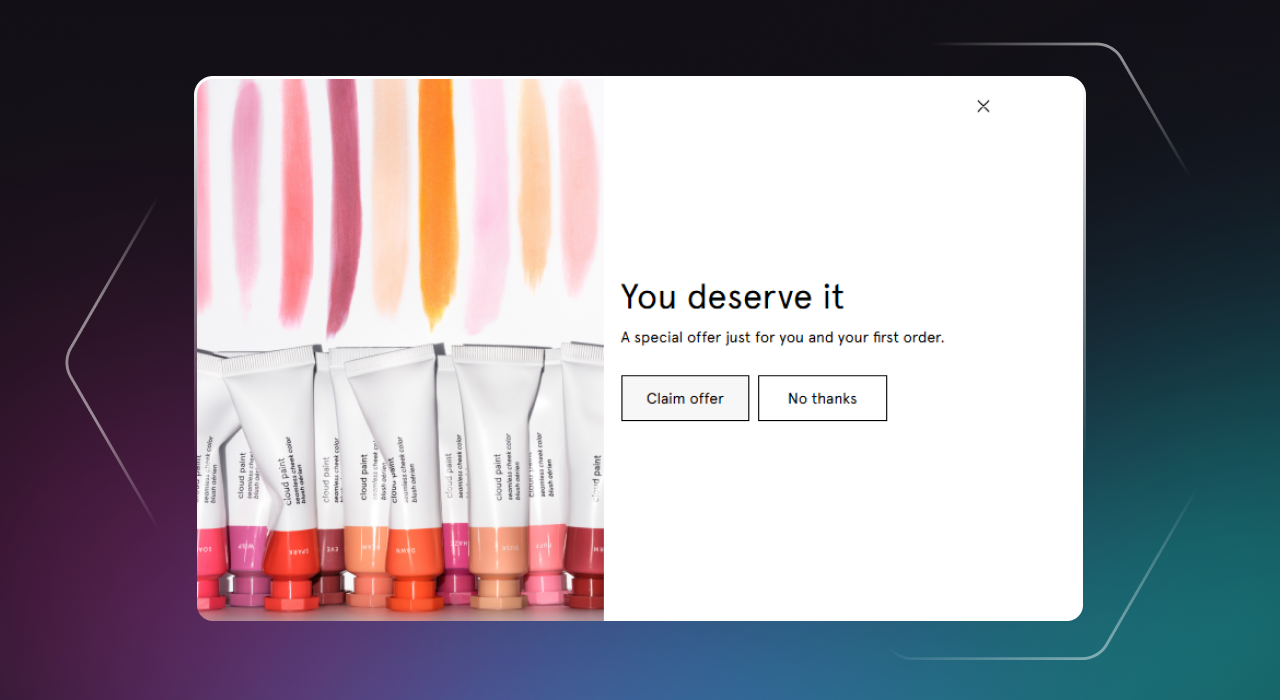
Creative elements like these build emotional connections that keep customers coming back. They take basic product pages and change them into engaging spaces where people want to spend time exploring and shopping.
The best results often come when these elements are used strategically. Rather than adding flashy features just because you can, focus on creative touches that genuinely help customers and reflect your brand’s personality.
Understanding Customer Engagement
Customer engagement is a cornerstone of building a successful business. It encompasses all interactions between a brand and its customers across various channels, including social media, email, and in-person encounters. At its core, customer engagement is about forging personal relationships with customers, understanding their needs, and consistently providing them with value. This journey begins with a customer’s first interaction with a brand and extends well beyond the point of purchase.
Effective customer engagement is vital because it fosters trust, loyalty, and advocacy. When customers feel valued and appreciated, they are more likely to return for repeat purchases and recommend the brand to their friends and family. Moreover, engaged customers provide valuable insights into their needs and preferences, which can inform product development, marketing strategies, and customer service improvements. In essence, a robust customer engagement strategy ensures that customers feel valued, leading to long-term business success.
Key creative strategies for ecommerce customer engagement
Successful online stores combine several creative approaches to keep customers engaged and coming back. Each strategy serves a specific purpose, from making shopping more personal to building trust through social proof. Implementing effective customer engagement strategies is essential for building connections and enhancing customer experiences.
Personalized customer experiences through visual storytelling
Customers expect online stores to understand their preferences. Amazon has set this standard, making tailored recommendations feel natural. Some ecommerce brands take this further by crafting personalized visual experiences.
Beauty brand Sephora shows different homepage images based on past purchases. Someone who buys natural skincare sees eco-friendly products, while makeup enthusiasts get the latest cosmetic launches. Its “Virtual Artist“ feature was one of the first that let customers try on products virtually for tailored product recommendations and a more personalized shopping experience. These personalized experiences not only enhance customer satisfaction but also contribute to increased customer lifetime value.
Similarly, Nike personalizes product displays based on browsing and purchase history. Its dynamic visuals adapt to each shopper’s preferences, showing relevant shoe models and apparel styles that match individual tastes.
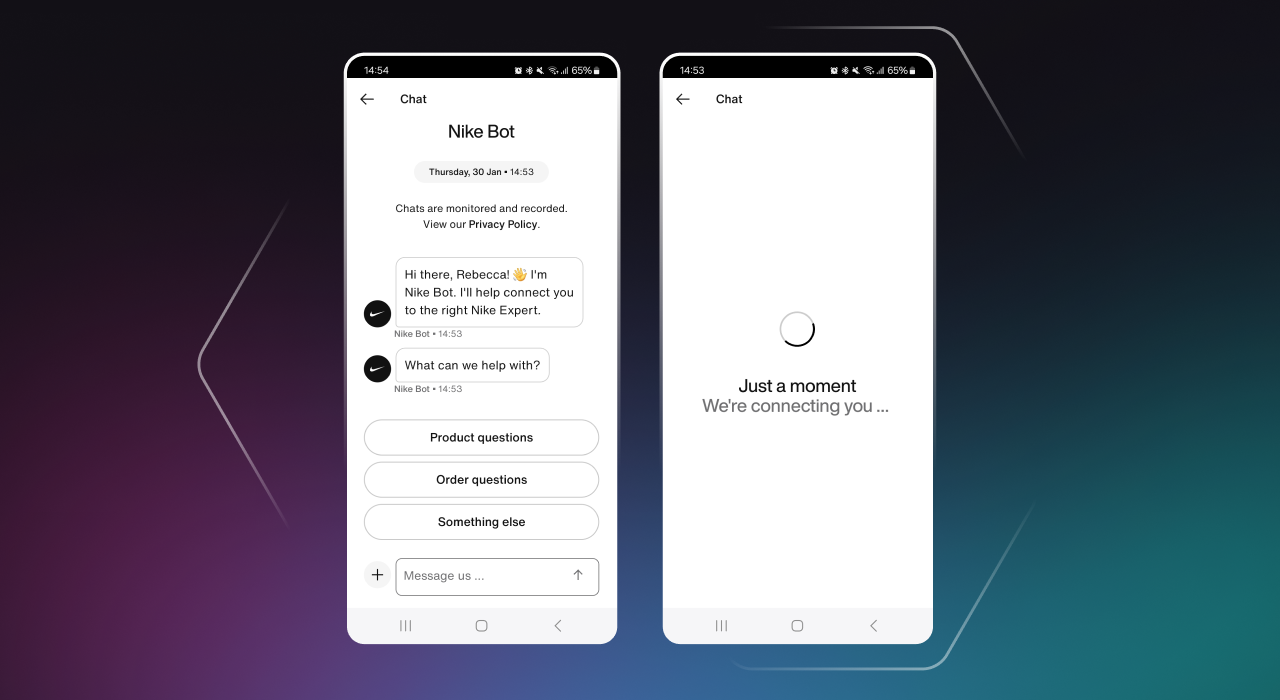
Interactive content to boost engagement
Adding interactive elements helps customers engage more with products. Skincare brand The Ordinary added a “Regimen Builder” questionnaire, with customers spending longer on the site to get personalized makeup routines. It asks about skin concerns and recommends a custom routine.
Warby Parker’s virtual try-on feature lets customers preview glasses using its phone camera. This innovation is designed to increase mobile conversion rates and reduce returns. Interactive content like this not only boosts engagement but also significantly enhances customer satisfaction.
Engaging hero images and landing pages
The hero image needs to grab attention in seconds. Dollar Shave Club nails this with bold, humorous images that immediately communicate its brand personality. Its landing pages use clear value propositions and compelling visuals to guide visitors toward subscription signups. Effective hero images and landing pages can also foster customer loyalty by creating memorable first impressions.
Social commerce and user-generated content
Customer photos and reviews build trust better than polished brand content. Gymshark’s product pages prominently feature customer reviews with detailed insights into quality, comfort, sizing, and length.
Clothing brand Asos takes it further by letting customers upload outfit photos tagged with products with its “style match” feature. This creates an engaging feed of style inspiration that drives organic product discovery. User-generated content also helps in retaining existing customers by making them feel part of a community.
Building a Customer Engagement Strategy
Crafting a customer engagement strategy requires a deep understanding of your customers’ needs, preferences, and behaviors. This involves creating a comprehensive plan that outlines how you will interact with your customers, the channels you will use, and the metrics you will employ to measure success.
A successful customer engagement strategy is customer-centric, focusing on providing value to the customer rather than merely promoting the brand. It should also be omnichannel, integrating multiple touchpoints such as social media, email, and in-person interactions to create a seamless experience.
Key components of a customer engagement strategy include:
- Personalized Customer Experiences: Leveraging data and analytics to tailor experiences for each customer, making them feel unique and valued.
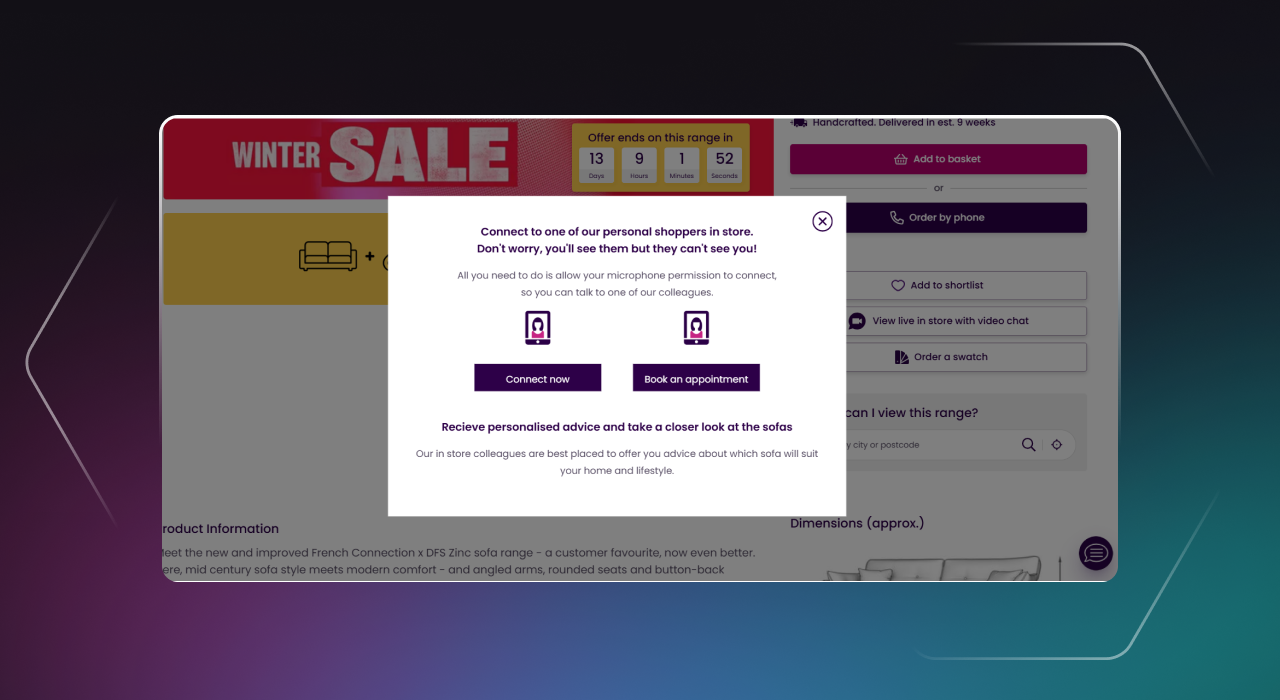
- Customer Feedback: Actively collecting and analyzing feedback to understand customer needs and preferences, allowing for continuous improvement.
- Customer Journey Mapping: Mapping out the customer journey to identify key touchpoints and opportunities for engagement, ensuring a cohesive experience.
- Content Marketing: Creating valuable content that builds trust and loyalty, positioning the brand as a helpful and reliable resource.
By focusing on these elements, businesses can develop a customer engagement strategy that not only meets but exceeds customer expectations, fostering long-term loyalty and satisfaction.
Creative methods to optimize customer engagement
Optimizing creative content starts with understanding what works. Measuring user behavior and running systematic tests helps improve engagement over time, leading to better results with each iteration. To optimize engagement effectively, it's crucial to measure customer engagement across various touchpoints.
A/B testing for creative elements
Testing product imagery to find what resonates most with your audience, from different photo angles to lifestyle vs studio shots
Experimenting with button designs, colors, and placement to maximize visibility and click-through rates
Comparing various page layouts and content arrangements to see which keeps users engaged longest
A/B testing is essential for ensuring customer success by continuously improving the shopping experience.
Attention heatmaps and predictive analytics
- Using heatmap tools to understand exactly where users focus their attention and how they interact with page elements
- Applying AI analysis to successful layouts to predict what design patterns are most likely to perform well
- Tracking mouse movements and scroll patterns to identify where users hesitate or drop off
These insights are crucial for enhancing customer lifetime value by tailoring experiences to customer preferences.
Mobile-first design for enhanced engagement
- Optimizing images for fast mobile loading while maintaining quality and visual impact
- Building navigation and interactive elements that work smoothly with touch controls
- Simplifying layouts to work effectively on smaller screens without losing key functionality
A mobile-first approach is also key to attracting new customers by providing a seamless and enjoyable shopping experience on mobile devices.
Gamification and Interactive Product Visualization
Gamification and interactive product visualization are innovative strategies that can significantly enhance customer engagement by creating more interactive and immersive experiences.
Gamification involves incorporating game-like elements, such as rewards, challenges, and leaderboards, to motivate customers to take desired actions. This approach can make the shopping experience more enjoyable and engaging, encouraging customers to spend more time on your site and interact with your products.
Interactive Product Visualization uses advanced technologies like augmented reality (AR) and 3D modeling to allow customers to interact with products in a more immersive way. For example, AR can enable customers to see how a piece of furniture would look in their home or how a pair of glasses would fit on their face.
The benefits of gamification and interactive product visualization include:
- Increased Customer Engagement: These strategies make the shopping experience more engaging, encouraging customers to interact more with your brand.
- Improved Customer Experience: By providing a more immersive and interactive experience, customers are more likely to enjoy their shopping trip and feel satisfied with their purchases.
- Increased Sales: Engaging customers through gamification and interactive visualization can lead to higher conversion rates and increased sales, as customers are more likely to take desired actions.
Incorporating these creative strategies into your ecommerce platform can help you engage customers more effectively, enhance their overall experience, and ultimately drive sales.
Creating a long-term online customer engagement strategy
Building lasting customer relationships goes beyond one-off campaigns. A sustainable engagement strategy needs solid foundations and room to grow. Building a strategy that fosters loyal customers is essential for long-term success.
Create a seamless experience across all channels
Your website, social media, and marketing emails should share consistent colors, fonts, and photo styles. Familiarity will help customers recognize your brand. It’s the same with your brand voice. Whether customers read an Instagram caption or chat with customer service, the tone should feel unified. A seamless experience across channels is crucial for personalized customer engagement, ensuring that interactions feel consistent and tailored.
Use customer feedback to guide your creative choices
By studying which visual elements spark the most engagement, you can make decisions about future designs. Different customer segments often respond uniquely to various creative approaches. Tracking these patterns—along with seasonal trends and changing preferences—helps keep content relevant and effective. Leveraging data helps refine customer engagement strategies, ensuring they are effective and aligned with customer preferences.
Success requires ongoing investment in testing and innovation
Set aside time and resources to experiment with fresh creative ideas. Watch for new technologies that could enhance how customers shop on your site. Each test provides valuable insights, with both wins and losses teaching important lessons about what resonates with your audience.
Your engagement strategy must evolve as customer expectations shift. Regular testing and refinement help your creative elements maintain their impact and keep shoppers coming back. Continuous innovation and testing are key to enhancing customer lifetime value by keeping engagement strategies fresh and effective.
Using creative elements to boost ecommerce engagement
Creative design drives a successful ecommerce venture by transforming basic product pages into engaging shopping experiences. Brands that use thoughtful visuals, personalized content, and interactive elements will stand out and keep customers engaged. With consistent testing and data-driven refinement, you’ll build lasting connections with your audience. Utilizing a sales engagement platform can help collect and analyze customer feedback, further enhancing customer satisfaction. Want to optimize your creative assets?
Optimize your creative assets with Dragonfly AI. Book a demo.
